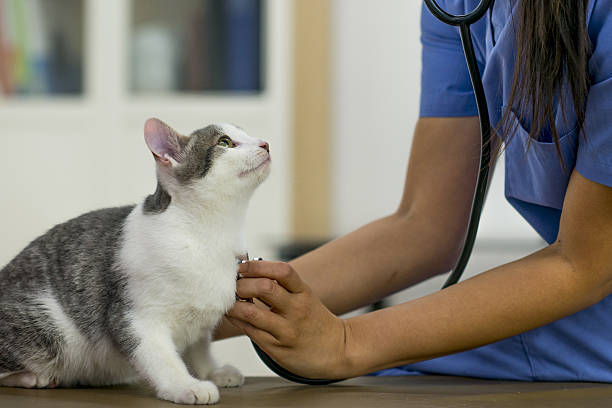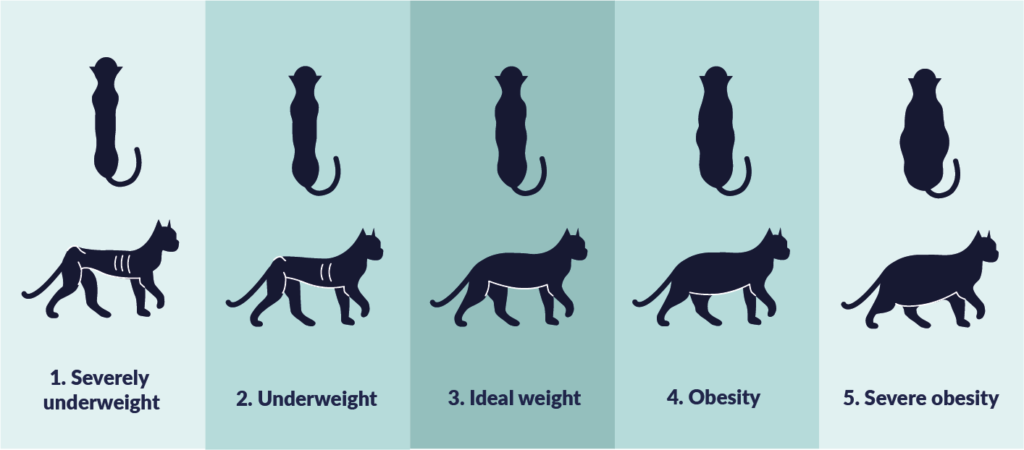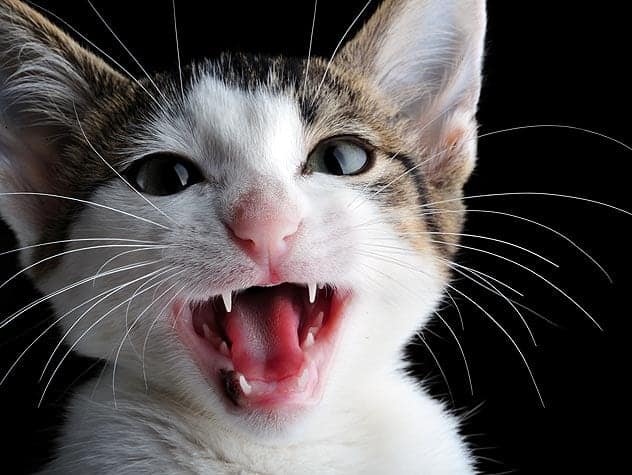8 Reasons to Take Your Cat to the Vet

By Lauren Puckett
Let’s face it, nobody likes going to the vet, least of all cats. Anxious cats can be especially averse to the entire experience, from going into the cat carrier to riding in the car. Plus, indoor cat owners may not see the need to visit the vet because they think their cats are insulated from contagious diseases. But visiting the vet is vitally important to ensuring the health of your feline friend.
Small Door Veterinary explains, “Indoor cats can develop many illnesses and conditions that have nothing to do with the outside world, such as issues with weight, hormone problems, genetic conditions, and tumors, among other maladies, so it’s important for them to see the vet for regular check-ups.”
Here are 8 reasons to take your cat to the vet:
1. Wellness Exams
Did you know that healthy adult cats should visit the vet for wellness exams at least once a year, as recommended by the American Animal Hospital Association? Routine visits help the vet get to know your cat’s normal behaviors and weight. If there are fluctuations in these areas, the vet will be able to treat them early before they become major health issues. Once your cat reaches eight to 10 years old, you should visit the vet every six months.
2. Weight Management
Weight is a particularly important issue for indoor cats because they are often sedentary. The Cornell Feline Health Center notes that 40 percent of cats today fall into the obese category. Even a pound or two can make a difference in an animal as small as a cat. Being overweight makes your cat more susceptible to diabetes, heart disease, and arthritis. With regular visits to the vet, you can track your cat’s weight and detect any gains, then take the necessary action.

3. Vaccinations
As a kitten, your cat should see the vet frequently for vaccines. Once your cat is an adult, he or she will still need core vaccines every one to three years. These include the FVRCP, which protects against three airborne viruses. According to Pet MD, these diseases are widespread, highly contagious, and have the potential to be fatal. Rabies is the second core vaccine and is required by law in Virginia. A third vaccine, FeLV, protects again feline leukemia. It is considered core for kittens and optional for adult cats.
4. Flea and Tick Prevention
Flea and tick prevention should be a regular part of your routine, even for indoor cats. Saliva from fleas can cause severe allergies, dermatitis, anemia, itching, and infection, while tick bites can cause infection, abscesses, paralysis, and even death. Fleas and ticks can also transmit diseases to cats, including Lyme disease and Rocky Mountain Spotted Fever. Pet MD recommends using a monthly combination flea and tick preventative, either topical or oral, on your cat. If you do find an engorged tick on your cat, visit the vet immediately. According to Pet MD, “The ticks need to be removed in full, including all their mouth parts, to ensure there is no further toxin release.”
5. Worming
Regular treatment of cats to prevent or eliminate intestinal worms is important because most infected cats do not show signs of having worms. Worms can cause weight loss, vomiting and diarrhea, irritation around the anus, and failure to thrive. Even worse, they can be passed on to humans. All kittens are treated for roundworms, while tapeworms are more common in adult cats. International Cat Care recommends treating adult cats every one to three months with a product that is effective against both tapeworms and roundworms.
6. Dental Disease

Dental disease is one of the most overlooked issues for cats. According to Small Door Veterinary, “Even with the best of diets, cats can develop a buildup of plaque on their teeth, as well as inflammation of their gums (gingivitis).” Dental disease can impact a cat’s quality of life due to pain and discomfort, and in many cases, causes a cat to stop eating. At routine checkups, your vet will do an oral examination to detect and treat any dental issues.
7. Urinary Tract Problems
Urinary tract problems affect one to three percent of cats each year, according to International Cat Care. Symptoms include the frequent urge to urinate, pain when urinating, blood in the urine, or the inability to pass more than a small amount of urine at a time. These problems are most common in middle-aged cats, neutered cats, overweight cats, cats that get little exercise, cats with little or no access to the outside, and cats that eat a dry diet.
8. Diabetes
Diabetes is a common disease in cats, according to Pet Health Network. It is a chronic condition in which the body either isn’t making enough insulin or isn’t responding to the insulin being produced. Typical symptoms include increased thirst and increased urination, but other symptoms include hunger, weight loss, lethargy, depression, and vomiting. Because these symptoms are similar to other diseases – such as liver or kidney disease, pancreatitis, and hyperthyroidism – it’s important to have your cat thoroughly examined by a vet.
For a list of top veterinarians in Northern Virginia, please visit this directory.
